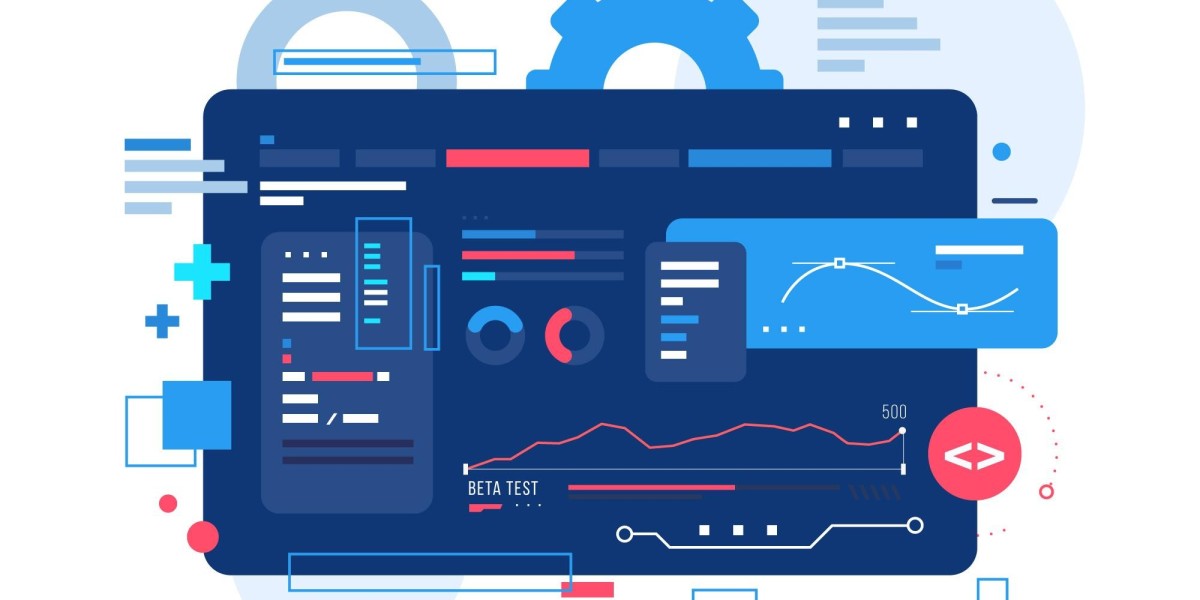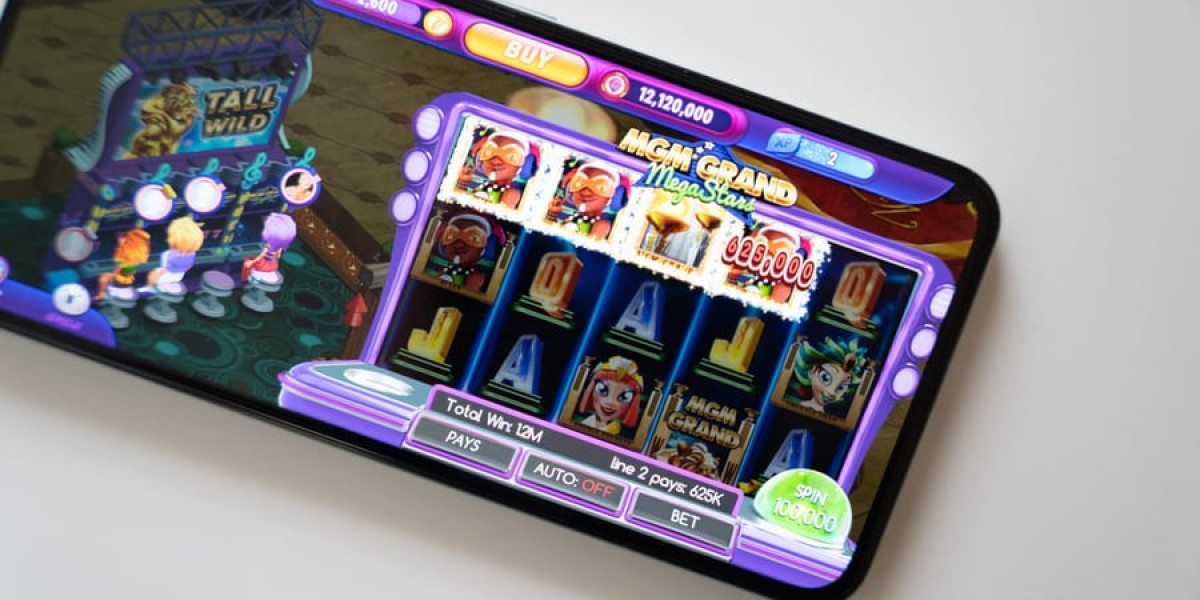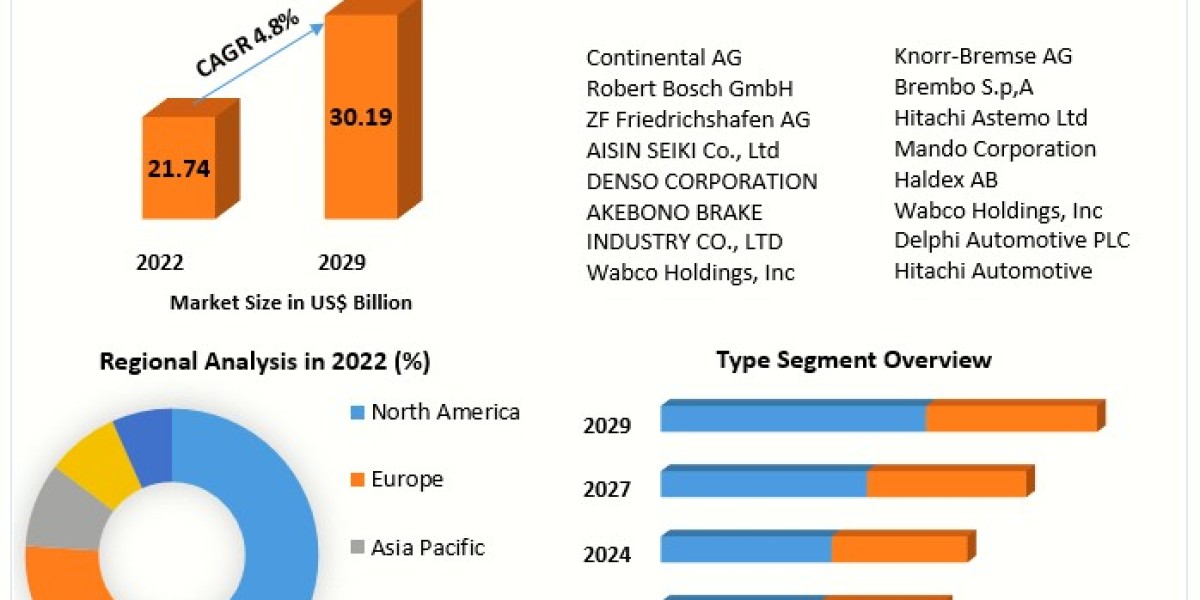Artificial Intelligence (AI) and Machine Learning
Artificial Intelligence (AI) and Machine Learning (ML) have emerged as game-changers in medical software development services. These technologies enable software systems to analyze vast amounts of data with unprecedented speed and accuracy, thereby aiding in medical diagnosis, treatment planning, and personalized patient care. AI-powered algorithms can sift through patient records, medical images, and genomic data to identify patterns and make predictions that assist healthcare professionals in making informed decisions. For instance, AI-driven diagnostic tools are now capable of identifying anomalies in medical images that might be missed by human eyes, leading to early detection and treatment of diseases.
Moreover, machine learning algorithms can continuously learn and improve their accuracy over time, making them invaluable assets in medical research and clinical decision support systems. As medical software development services continue to integrate AI and ML capabilities, the healthcare industry is poised to achieve new heights in efficiency, accuracy, and patient outcomes.
Internet of Medical Things (IoMT)
The Internet of Medical Things (IoMT) refers to a network of interconnected medical devices and applications that collect and transmit health data over the internet. IoMT devices include wearable health monitors, smart medical devices, and remote patient monitoring systems. These devices enable real-time monitoring of patients' health metrics, such as heart rate, blood glucose levels, and medication adherence, from virtually any location. IoMT not only enhances the quality of patient care by providing healthcare providers with timely and accurate data but also facilitates proactive interventions to prevent health complications.
In the realm of medical software development services, IoMT integration requires robust cybersecurity measures to protect sensitive patient information and ensure compliance with healthcare regulations. Despite these challenges, IoMT holds immense promise in improving patient engagement, optimizing healthcare delivery, and reducing healthcare costs by enabling early intervention and preventive care strategies.
Blockchain Technology
Blockchain technology has garnered considerable attention for its potential to revolutionize data security and interoperability in healthcare. In the context of medical software development services, blockchain offers a decentralized and secure platform for storing and sharing electronic health records (EHRs) and medical data. By creating tamper-proof records that are accessible to authorized stakeholders, blockchain enhances data integrity, transparency, and patient privacy.
Moreover, blockchain-powered smart contracts can automate and streamline administrative processes, such as insurance claims processing and supply chain management, thereby reducing operational inefficiencies and administrative costs. As healthcare institutions increasingly adopt blockchain solutions, medical software developers are tasked with designing interoperable systems that ensure seamless data exchange while upholding stringent security standards.
Virtual Reality (VR) and Augmented Reality (AR)
Virtual Reality (VR) and Augmented Reality (AR) technologies are transforming medical training, patient education, and surgical planning within medical software development services. VR immerses users in simulated environments, allowing healthcare professionals to practice complex procedures in a risk-free setting. Surgeons can rehearse surgeries and visualize patient-specific anatomical structures using VR models derived from medical imaging data, leading to enhanced surgical precision and patient safety.
Similarly, AR overlays digital information onto the real-world environment, offering surgeons real-time guidance during procedures and enabling medical students to interact with 3D anatomical models. Beyond surgical applications, VR and AR are being leveraged to alleviate pain and anxiety in patients, improve physical therapy outcomes, and enhance medical education through immersive learning experiences.
Telemedicine and Remote Patient Monitoring
The adoption of telemedicine and remote patient monitoring solutions has surged, driven by the need for accessible healthcare services and the proliferation of mobile technologies. Telemedicine platforms facilitate virtual consultations between patients and healthcare providers, enabling timely diagnosis, treatment recommendations, and medication management from remote locations. Medical software developers are tasked with creating intuitive telemedicine applications that ensure seamless video conferencing, secure data transmission, and integration with electronic health records.
Additionally, remote patient monitoring systems enable continuous tracking of patients' health metrics outside traditional healthcare settings, such as homes or assisted living facilities. These systems alert healthcare providers to deviations from normal health parameters, enabling proactive interventions and personalized care plans. As telemedicine and remote patient monitoring become integral components of healthcare delivery, medical software development services must prioritize scalability, interoperability, and user-centric design to enhance patient satisfaction and clinical outcomes.
Conclusion
In conclusion, the future of medical software development services is undeniably intertwined with emerging technologies that continue to redefine healthcare delivery and patient care. Artificial Intelligence, Internet of Medical Things, Blockchain, Virtual Reality, Augmented Reality, and Telemedicine represent just a few of the transformative technologies reshaping the healthcare landscape. As medical software developers harness these innovations, they must navigate regulatory complexities, prioritize data security, and align technological advancements with the evolving needs of healthcare stakeholders.
By embracing these emerging technologies, medical software development services can empower healthcare providers with actionable insights, streamline clinical workflows, and ultimately improve patient outcomes. As we look ahead, the integration of these technologies holds the promise of a more efficient, accessible, and patient-centered healthcare ecosystem.








